If your generator has an overspeed fault, you may wonder about the cause and how to fix it. Fortunately, we have done some research for you, and here is what we found.
Generator overspeed fault could be a result of the following:
- Excess fuel in the combustion chamber
- Changes in speed regulator
- Faulty components
It is best to tackle the problem right away so it doesn't worsen. Keep reading to get detailed information on how to deal with generator overspeed faults.
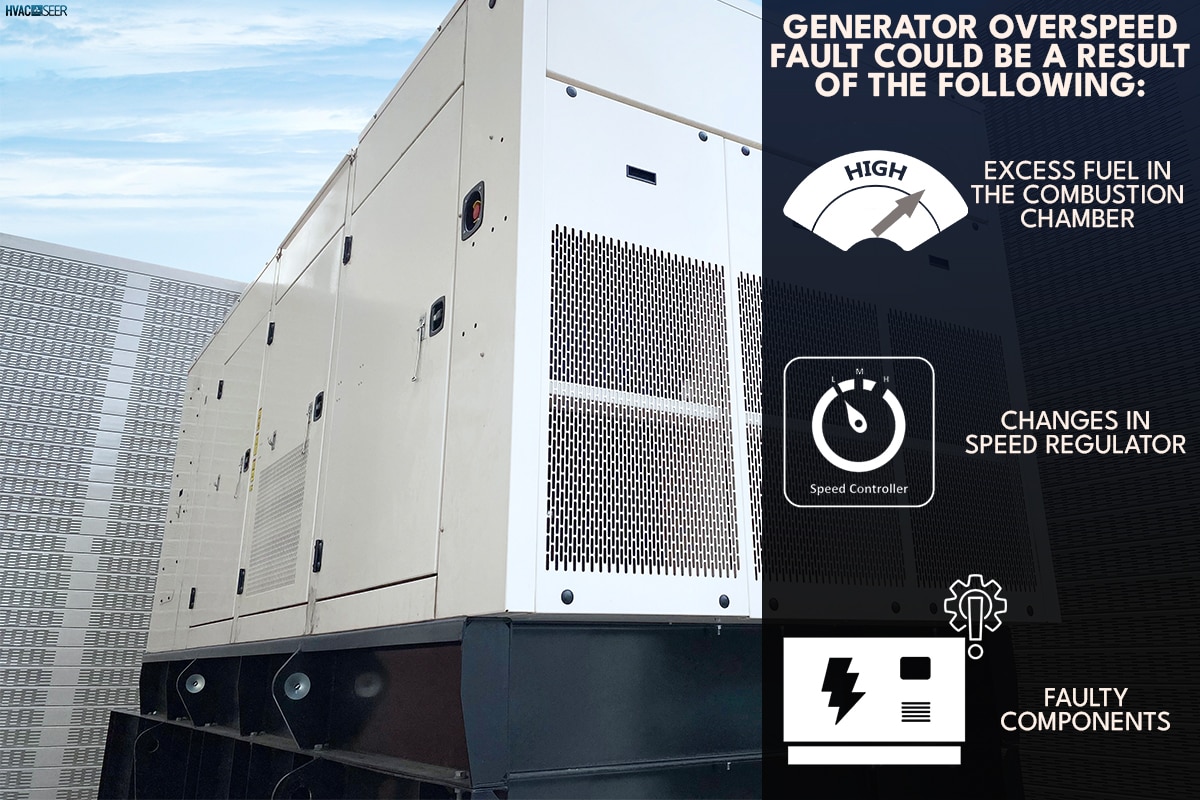
What Causes A Generator Overspeed Fault?
The phenomenon known as overspeed occurs when an engine is compelled to turn faster than it should.
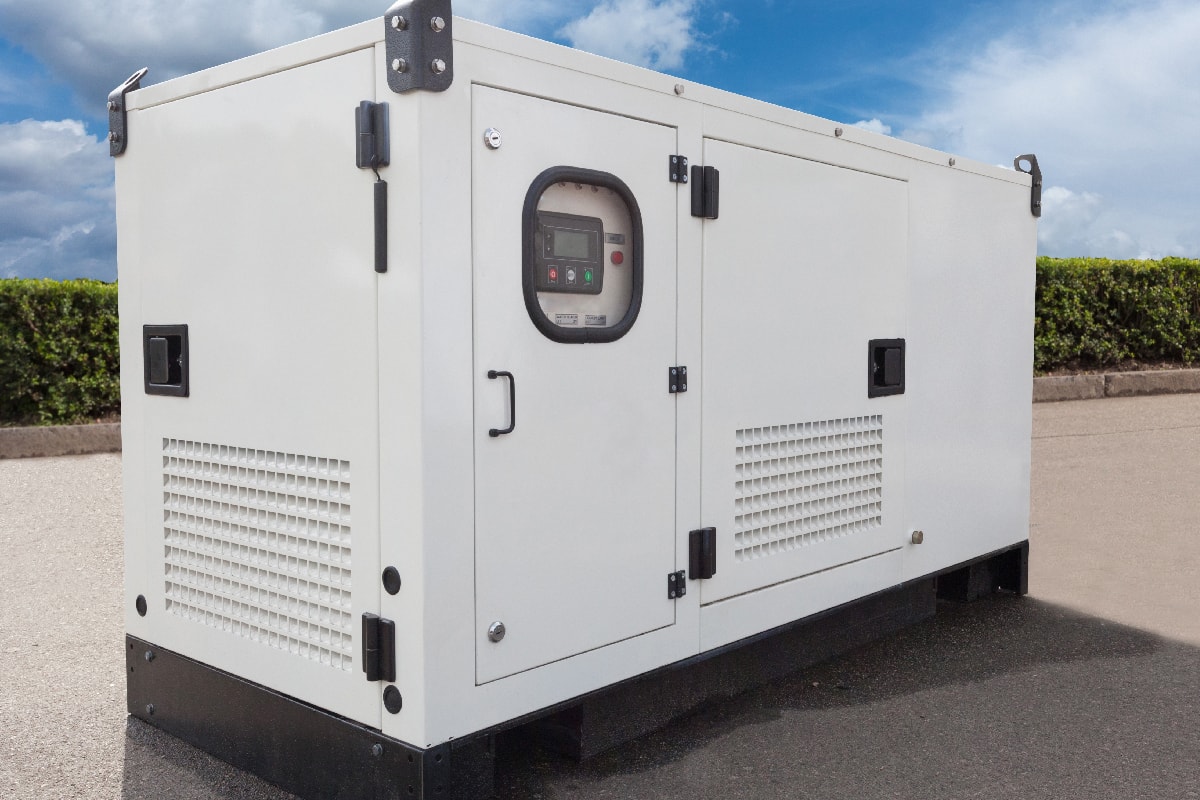
Overspeed in a generator can be seen as any speed above the manufacturer's recommended operating range. Overspeed frequently causes severe harm to the engines of generators.
The following are common causes of generator overspeed:
Excess Fuel In The Combustion Chamber
Usually, you want your generator to be full to guarantee steady power, but a high engine oil level also increases the risk of a generator overspeeding.
This is because the extra oil will burn in the combustion chamber, speeding up the pistons and perhaps resulting in overspeed.
Changes In Speed Regulator
Most generators, if not all, are built with correct speed limits, which are built into the system, although this does not guarantee that they work effectively.
There might be significant damage if the regulator makes a mistake and changes or modifies its speed regulations.
When power is delivered without or with a light load, most uncontrolled engines will overspeed.
Faulty Components
Like any machinery, practically every component is made to perform and function together. Due to this, any potential component failure in any part might affect and cause overspeed.
Issues associated with the fuel injection pump and the accelerator pull rod are a few more prominent problems.
What Should I Do If My Generator Overspeeds?
When an engine overspeeds, the following actions should be taken right away to tackle the problem:
Check The Speed Regulator
If your generator is overspeeding, you should check the speed regulator. If it is already faulty, make sure to fix it, as this may stop the overspeeding.
Examine The Governor's Adjustment
The generator may overspeed if the governor is not correctly set. Look for any air intake or exhaust limits if the generator is still running too quickly.
These limitations may make the engine work harder and operate more quickly. Clean the air intake and exhaust, and remove any obstructions. If the generator is still running too fast, the engine might have a problem.
Check The Generator's Load
Another thing you can do is check the load your generator is carrying. If it is too much, reduce and power designated appliances. If the generator is overloaded, it may overspeed.
Use Mechanical Overspeed Trip
Mechanical trips usually function like a raking system, where several parts cooperate to slow down and prevent the pistons or turbines of the generator from operating. This will aid in tackling an overspeeding generator.
Use Electronic Overspeed Trip
Since they operate automatically without human intervention, electrical trips are likely the most often used for most modern diesel generators.
It does this by comparing the set value, which is frequently 10% over the rated speed, versus the detected value.
Then, it will register if an overspeed has already taken place. So, the generator will automatically stop running at this point and start slowing down. You can also contact a professional to help you resolve the issue.
How Do You Test An Overspeed Generator?
To test for overspeed on your Generator, kindly adhere to the following steps:
Step 1: Change The Generator's power Switch To On
Set the choke of the generator to Start. After that, try turning the generator's key to the On position. If your generator has a recoil cord, pull it so the engine will come on.
Change the voltmeter's dial from the Off position to the "AC Voltage Test" position. If you are unsure which setting is the AC voltage testing setting, refer to the voltmeter's manufacturer's instructions.
Step 2: Connect The Voltmeter To The Generator
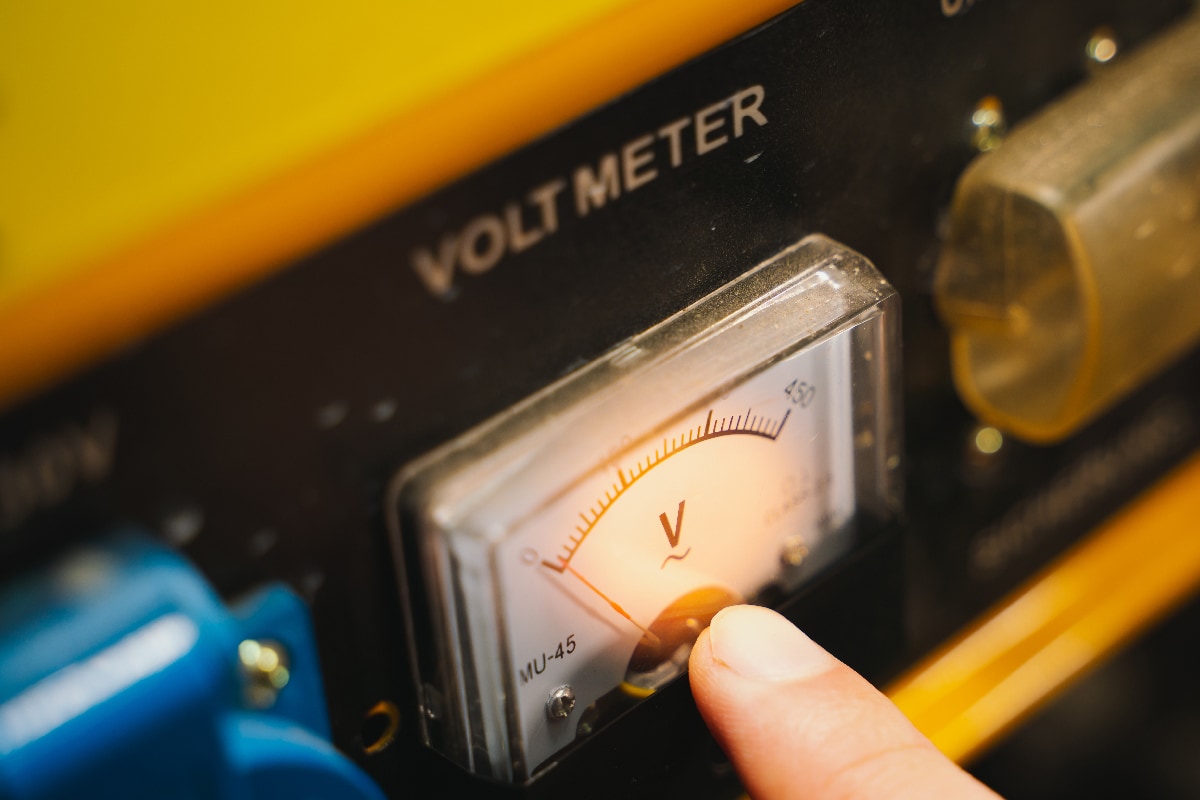
Use the alligator clip on the cable's other end to attach it to any part of the generator's frame after inserting the black cable with the voltmeter into the black socket.
This will ground it to prevent electrical wires and other components from being harmed by sudden power surges.
Connect the voltmeter's red lead to the generator's output plug outlet. Any power cord should be plugged into the output plug socket of the generator.
To read the voltage, insert the metal tip at the end of the red cable into the output plug of the generator after inserting the red cable's red socket into the voltmeter.
Depending on the voltage, the generator may have different output plug outlets. The outlets can appear different but will be named. Both of them can be tested in the same manner.
Step 3: Carry Out The Test
Turn up the engine speed when there is no load on it. At 115% of the speed limit, an overspeeding journey will shut off the fuel supply.
Step 4: Turn Off The Generator
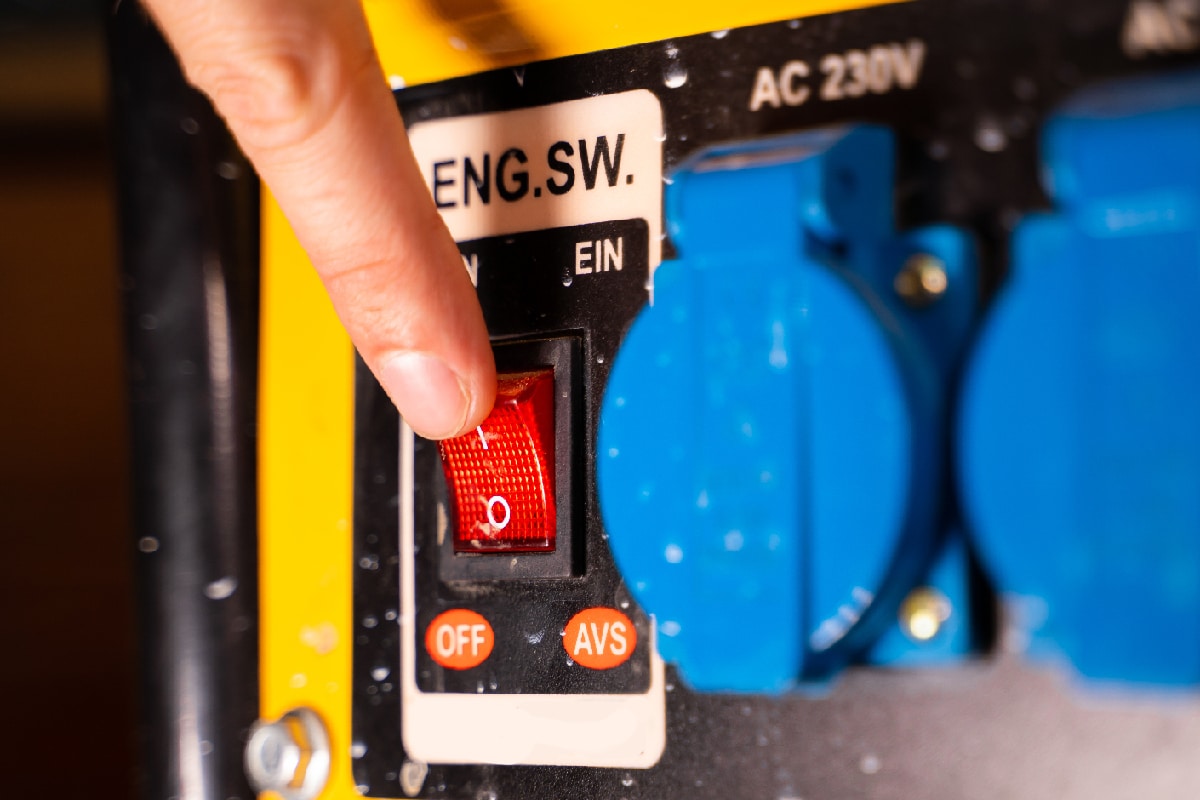
To turn off your generator, flip the power switch to the OFF or ignition switch to the OFF position.
How Does Overspeed Affect A Generator?
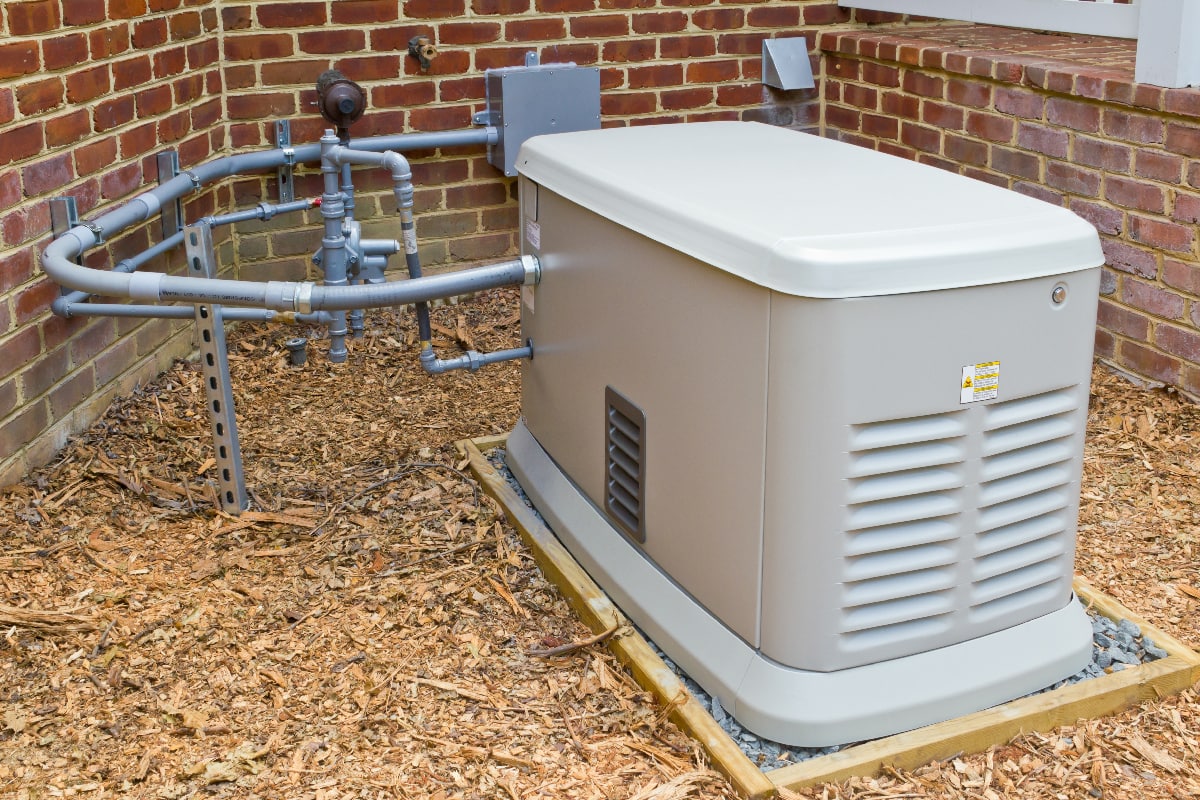
An engine's speed is typically expressed in revolutions per minute [rpm].
The effects of operating an engine too quickly vary depending on the kind and model of the engine and are influenced by several variables; the length of the overspeed and the speed reached seem to be the most vital.
Momentary overspeed with some engines can lead to significantly shorter engine life or catastrophic failure.
Since every machine component is made to function together, any potential component failure in any part might affect the other parts.
Leaving an overspeed fault unresolved for an extended period can damage the engine block, conn rod, crankshaft, bearings, and the generator at large.
Can You Test The Overspeed Trip Of A Generator?
Yes, it is possible to test an overspeed trip on a generator. Depending on the generator you are testing, you can use either a combination of mechanical, electronic, or any. For a generator set with electronic control, it is the easiest to check.
Testing The Overspeed Trip Of A Generator
Usually, you can enter the controller menu and look for a test mode.
Usually, this involves decreasing the overspeed set point so that when you start the generator, its average operating speed is higher than the overspeed test trip set point, causing the unit to alarm and immediately shut down.
After that, you can revert the overspeed set point to its default value for everyday use by returning to the menu. Some systems offer a straightforward "over speed shutdown test" key switch or button that can be pressed.
The typical method for systems with mechanical trips is to gradually increase the speed setpoint until the engine speed exceeds the designated overspeed setpoint. At this point, the engine shuts down.
In each of these scenarios, you should be aware of the exact overspeed setting, which is often around 5 percent over the average operating speed, and take care not to overspeed the generator to an unsafe level.
Generally, the generator is not filled throughout the test in each situation.
To ensure a safe, harm-free test, you should always be able to locate the equipment's pertinent documentation and follow the manufacturer's instructions.
To Wrap Up
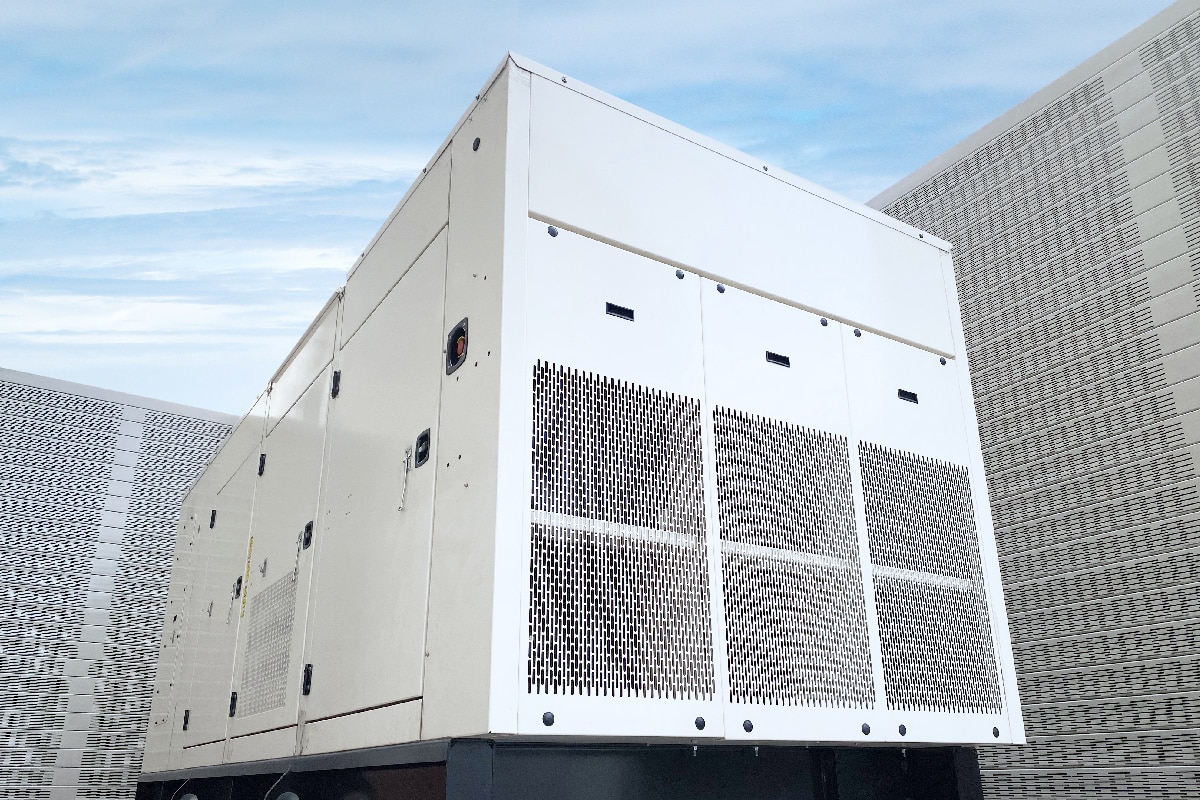
Generator overspeed fault can be caused by different problems, including excess fuel in the combustion chamber, change in speed regulator, and defective components.
To deal with the issue, you must check the speed regulator and load of the generator. You can also implement an overspeed strip.
If you enjoyed reading this post, here are similar articles you may like:
What Size Generator To Run A Heat Pump?
